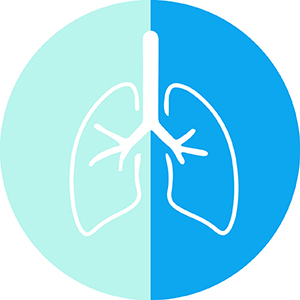COPD sleep phenotypes: Genesis of respiratory failure in COPD

All claims expressed in this article are solely those of the authors and do not necessarily represent those of their affiliated organizations, or those of the publisher, the editors and the reviewers. Any product that may be evaluated in this article or claim that may be made by its manufacturer is not guaranteed or endorsed by the publisher.
Authors
The chronic obstructive pulmonary disease (COPD) patients could have respiratory failure during sleep without daytime overt arterial blood gas (ABG) abnormality. We undertook a study first of its kind to attempt in distinguishing the underlying pathophysiological mechanisms. It was a prospective observational study in stable COPD patients. The inclusion criterion was presence of day time PaO2>60 mmHg and PaCO2<45 mmHg. Twenty five out of 110 patients were excluded because of the ABG abnormality. The remaining 85 patients were subjected to overnight pulse oximetry and end-tidal (ET)-CO2 monitoring. The nocturnal oxygen desaturation was defined as per Fletcher’s criteria. The nocturnal hypoventilation was defined as per American academy of sleep medicine (AASM) guidelines. Patients having saw-tooth pattern on pulse oximetry and/or snoring were subjected to polysomnography. 38/85(44.8%) patients had nocturnal gas exchange abnormality in absence of daytime respiratory failure and were identified into 3 different phenotypes: obstructive sleep apnoea (OSA), nocturnal hypoventilation and nocturnal oxygen desaturation. The isolated abnormality was seen in 24 patients: 10 patients had OSA, 9 had nocturnal hypoventilation and 5 had nocturnal oxygen desaturation. Overlap of two or more phenotypes was seen in 14 patients. As compared to the nocturnal hypoventilation and desaturation phenotypes, the OSA phenotype had a significantly higher BMI & FEV1. The nocturnal hypoventilation and the desaturation phenotypes did not have significant difference in FEV1 and BMI, but the daytime SpO2 and PaO2 differed significantly. Such parameters could help in identifying the three distinct COPD-sleep phenotypes (OSA, nocturnal hypoventilation and nocturnal oxygen desaturation). A phenotype based nocturnal management may help in delaying the process of overt respiratory failure in COPD.
How to Cite

This work is licensed under a Creative Commons Attribution-NonCommercial 4.0 International License.






